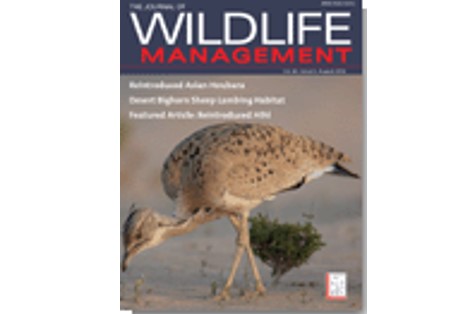Published in:Â The Journal of Wildlife Management
Date published:Â May 2016
Authors:Â Julia Panfylova, Ellis Bemelmans, Chris Devine, Peter Frost, Doug Armstrong
Abstract
Modeling survival of reintroduced populations is critical for understanding population dynamics and therefore making appropriate management decisions. We analyzed survival data collected over the first 2 years after a reintroduction of hihi (Notiomystis cincta), an endangered New Zealand forest bird, to Bushy Park, a conservation reserve in New Zealand enclosed by a predator-exclusion fence. We constructed a set of candidate models representing different hypotheses about the effects of age, sex, and post-release acclimation on survival, and used model averaging to obtain parameter estimates reflecting the relative support for the models. In combination with fecundity data, we constructed a stochastic population model incorporating uncertainty in parameter estimation, and used this to project population dynamics over the next 10 years. The survival analysis indicated that female survival was unusually low over a 6-month acclimation period; hence, this initial low survival was not reflected in the estimates of long-term survival obtained through model averaging. The resulting projections showed that although population growth was highly uncertain, there was a negligible probability of extinction over the next 10 years, therefore indicating that the existing management regime (i.e., supplementary feeding and nest box maintenance) should be continued. In contrast, if post-release effects had not been accounted for, the projections would have shown a high probability of decline under this management regime.
Paper details available here:Â http://onlinelibrary.wiley.com/doi/10.1002/jwmg.21090/full?hootPostID=15a8fe7fe14313772f9c91816f03a47e
